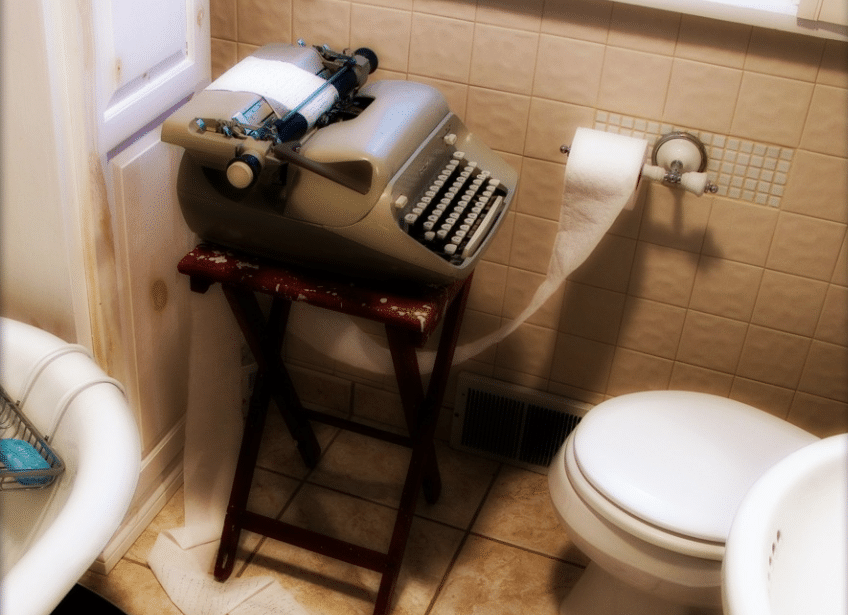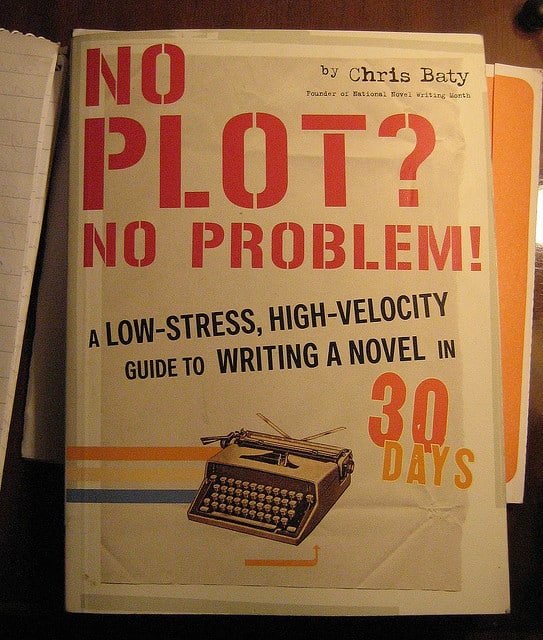It’s going to happen someday. You’re going to open your inbox, and it’s not going to be the headline that makes your eyes leap to that one email. Your blood pressure’s going to rise, and it’s going to seem like Chrome slows down in opening that email that’s going to change your life.









